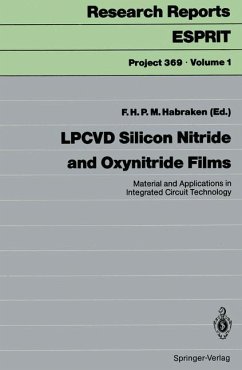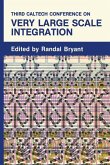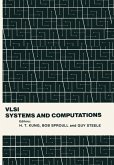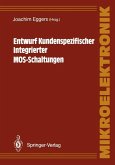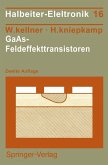The present book collects a broad overview of chemical and physical char acteristics of silicon oxynitrides. Special emphasis is put on the way in which these properties influence the electrical characteristics and behaviour of this important material. The results presented here were obtained in an ex tended European research cooperation in the framework of ESPRIT Project 369 'Physical-chemical characterization of silicon oxynitrides in relation to their electrical properties', which ran from 1984 to 1988. In this project two industrial laboratories (Philips Research Laborato ries in Eindhoven, the Netherlands, and Matra Harris Semiconductors from Nantes, France) cooperated with various academic and government research laboratories (Harwell Laboratory in Great Britain, the Interuniversity Micro electronics Center (IMEC) in Leuven, Belgium, and the Faculty of Physics at the University of Utrecht in the Netherlands). The latter partner acted as prime contractor for the project. General interest in silicon oxynitrides for applications in integrated circuit technology stems from the fact that proper choice of deposition conditions enables one to produce materials with properties which can be either oxide like or nitride-like. Of, course, in I.C. technology one would like to combine the good properties ofthe two materials, i.e. superior electrical properties of silicon oxide and good diffusion barrier behaviour of silicon nitride, to men tion only a few, without paying for such an operation by obtaining all the less desirable properties in such a mixed material.

